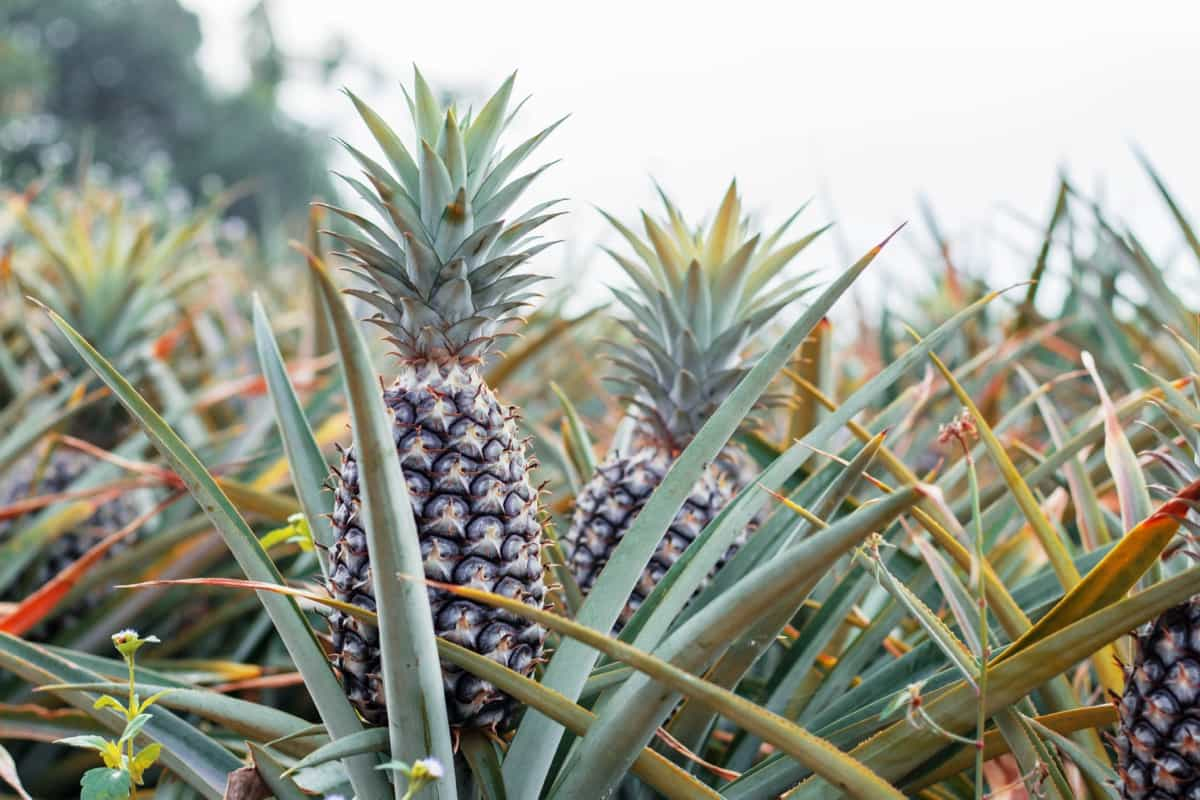While it is good to hear that next to Costa Rica, the Philippines is the second largest pineapple exporter in the world because of the rising demand from China, most people don’t know the exploitative conditions for contractual workers employed by the industry.
Most of these workers endure long hours, no healthcare benefits, no fixed wages and many more.
At least, this is what came out from a study published in 2020 by fairfood.org in its website entitled “The Bitter Reality Behind Working in the Philippine Pineapple Industry.”
The country’s pineapple industry is dominated by Dole Philippines (Dolefil) and Del Monte Philippines Inc. (DMPI) which is flourishing.
But not for the majority of (then approximately 85 percent of total work force or 24,000 contractual) or seasonal workers within the industry who are locked in poverty, the study said.
“These workers, hired within the companies through labor cooperatives (also known as ‘contract workers’’) have wages that cannot cover their basic needs, insecure temporary contracts, and no opportunity to raise their grievances through collective bargaining,” Fairfood noted.
Fairfood urged Dolefil and DMPI to take responsibility and make positive changes to the lives of these workers in their supply chains.
In fact, Dolefil and DMPI can be leaders in setting a path to living wages: wages that afford them a fair standard of living, for themselves and their families,” the organization stressed.
Contractual workers
These “contractuals” comprise an estimated 85 percent of the total workforce of the companies and their numbers show an increasing trend.
A survey Fairfood performed amongst the companies’ workers in 2013 indicate that contractuals earn significantly less than their directly employed colleagues and have less social benefits, even though they perform mostly the same type of operations.
In 2013, the majority of the contractuals only received the minimum wage on average and 24 percent of these workers received wages that were actually below the official minimum.
Fairfood said while Dolefil and DMPI have both made considerable progress in eradicating minimum wage violations in their supply chains, this still falls below the levels required to meet the basic needs of many of the families that work in the plantations.
Though it may be argued that contractualization is a very common HR practice in the country– with the government being the biggest contractualization practitioner– attempts to provide workers in all industries through Executive Order 51 on May 1, 2018 signed by then President Rodrigo Duterte, had all been forgotten.
The Senate on May 23, 2019 passed Senate Bill 1826 also known as the “Security of Tenure and End of Endo (end of contract) Act of 2018” seeks to strengthen provisions of the Labor Code that prohibit labor-only contracting by providing penalties against violators. Again the senate measure has been gathering dust and no one is implementing it, not even the government.
Some good news
Despite the sad realities in these dominant pineapple industry players, the good news as reported by the UN Food and Agriculture Organization is that the Philippines has kept its title as the world’s second-largest exporter of pineapples with the volume rising by 2 percent in 2023 due to the rising demand from China, reported in the Philippine Daily Inquirer.
FAO said in its latest major tropical fruits market review that the Philippines exported some 600,000 metric tons (MT) of pineapple in 2023, 2.7 percent more than the volume from the prior year.
The FAO did not provide comparative figures on the Philippines’ pineapple exports through the years except that volume but said the volume rose every year from 2021 to 2023.
However, the level as of the end of last year was still short of the 626,000 MT of pineapple delivered to key markets in 2019.
In 2023, the FAO attributed the improvement to the 3-percent increment in shipments to China.
“The long shelf life, year-round production cycle and attractive price-to-quality ratio of the MD2 pineapples, the main variety cultivated in the Philippines, proved to be a particularly strong selling point,” the report stated.
Exports
China is the leading consumer of locally produced pineapples, cornering 43 percent of total exports, followed by Japan and Korea with 30 percent and 14 percent, respectively.
The country’s pineapple exports to Japan and Korea grew by 6 to 8 percent.
The FAO also said the average export unit value of pineapple shipments from the Philippines to world markets reached $593 per ton in 2023, up by 3.8 percent from the previous year.
Globally, the volume of pineapple delivered rose by 3.9 percent to 3.2 million MT in the past year, mainly due to higher supplies from Costa Rica.
Photo courtesy: Agfri Farming Website
#WeTakeAStand #OpinYon #DMPI #Dolefil #PineappleIndustryInPH
